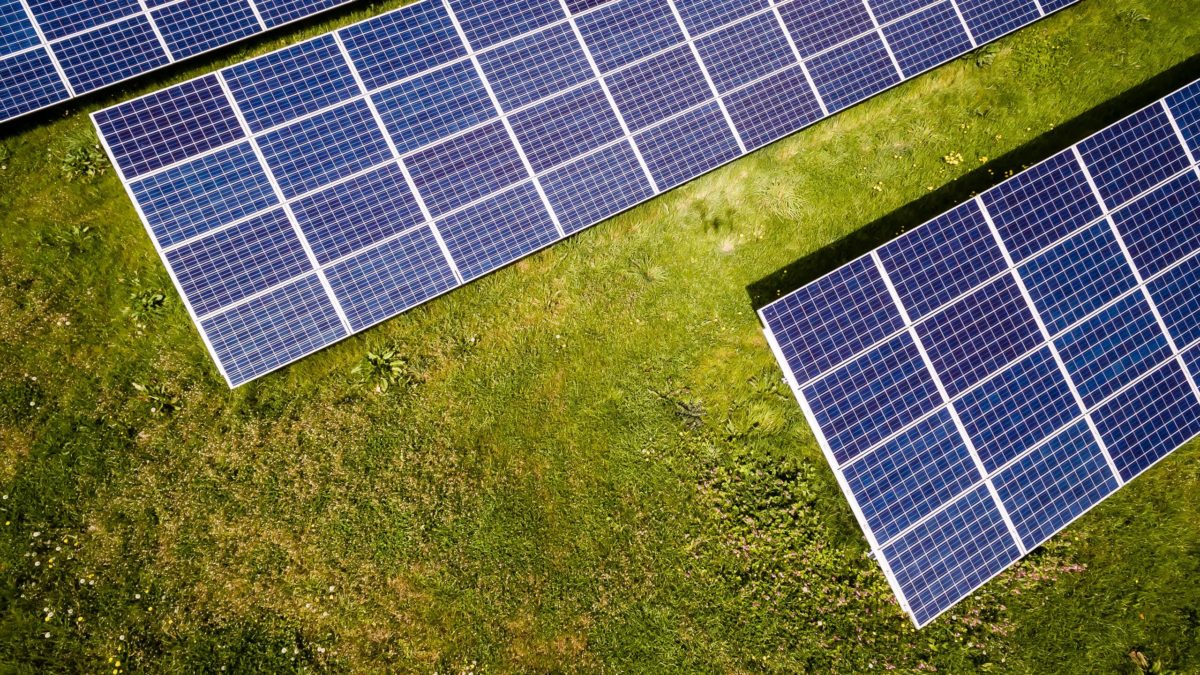The head of India's solar trade body has told an online event the much-delayed manufacturing-linked solar tender which he said will commission 2 GW of annual photovoltaic-equipment production capacity and 6 GW of solar project generation, will be worth $6 billion.
Subrahmanyam Pulipaka, CEO of the National Solar Energy Federation of India (NSEFI) told a two-day event organized by the Global Solar Council (GSC) the tender has been subscribed in a nation which expects to add at least 6-8 GW of module production capacity and 3-4 GW of cell output in the next two years.
The NSEFI chief also made the astounding claim developed countries had not paid a penny of what he described as a commitment to donate $100 billion to promote renewables in the developing world.
pv magazine July
Pick up your copy of our July issue today for an in-depth look at solar’s vital role in securing energy supply where conventional grids have struggled to reach. And don’t miss our In Conversation special: Over the past month, pv magazine has been in touch with leading researchers working on energy systems, solar cell technologies, battery storage, hydrogen and more; discussing the future of energy and the technologies we can expect to see a whole lot more of in the coming years.
Referring to past UN climate change conferences, Pulipaka said: “Before COP 21 – of the Paris agreement – back in COP 18, developed countries [accepted they] have been polluting the world and are responsible for more than 75% of global emissions in the last three decades, equal to almost 894 billion metric tons of carbon dioxide. [They] pledged $100 billion for developing countries back in 2012-2013. The same pledge was used again in article 9, point 11 of [the] COP 21 Paris agreement, re-emphasizing that developed countries will pay 100 billion to developed countries. There is a 2015 agreement and now, in 2021, not even a single penny has been made.”
Warming to the theme, Pulipaka said his country had registered the world's lowest price for an energy storage facility last year, and added: “India is the only G20 country and the only country among … four countries globally, which is in line to achieve its Paris commitment [of] decreasing its emission by 30%. As a developing country, India is leading by example to developed and developing countries on how to honor their commitments.”
Popular content
The chief exec of the Indian solar trade group was speaking at an online event held by the Washington DC-based GSC, which is the umbrella organization for the world's national solar bodies. The event, held on Thursday and Friday, was organized with SolarPower Europe and EU investment entity Get.Invest.
Alejandro Labanda, head of regulation and studies at Spanish solar organization Unión Española Fotovoltaica, repeated the oft-heard call to simplify the permitting of solar projects, and called for a presumption of approval in the absence of objections to such plants, something he referred to as ‘positive silence.'
Labanda said that principle should be applied to grid connection access as well as to planning and other permits and also called for full transparency on spare grid capacity and access availability for all players, rather than just for the electric utilities which, in many nations, still own the infrastructure they are bidding for access to alongside independent power producers who lack such network data.
This copy was amended on 12/07/21 after clarification by Subrahmanyam Pulipaka about his comments to the event. The tender he referred to will secure 2 GW of solar manufacturing capacity, rather than 3 GW, as previously stated; and the money pledge he said has not been honored by developed nations is $100 billion, not the $100 million previously stated. The copy was also amended to add in the solar module and cell manufacturing capacities expected in India in the next two years.
This content is protected by copyright and may not be reused. If you want to cooperate with us and would like to reuse some of our content, please contact: editors@pv-magazine.com.


Wealth transfer has been a goal of the UN for decades. They failed again and again. Climate “justice” theme seems to be catching for them this time. Their solution will not accomplish the stated goal because the goal actually is global socialism. Since our so called leaders are never held personally accountable for their subterfuge, their is no reason for openess and honesty.